
The Tennessee Valley Authority (TVA) will use the aeroderivative gas turbine and generator packages to supply an additional 850 MW of electricity for its Kingston Energy Complex.

The Tennessee Valley Authority (TVA) will use the aeroderivative gas turbine and generator packages to supply an additional 850 MW of electricity for its Kingston Energy Complex.

The purchase of Pioneer Natural Resources Co. (PNR) will more than double ExxonMobil’s production volume in the Permian Basin to 1.3 million barrels of oil equivalent per day.

User communities benefit from WTUI’s “hands-on” maintenance-and-repair approach for LM units.

The vessels will be equipped with dual-fuel low-carbon ammonia engines and built at HD Hyundai Mipo Dockyard in South Korea.
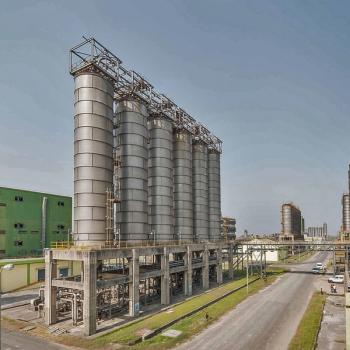
Lummus will provide its O3S digitalization services to enhance operations and plant performance for Haldia Petrochemical’s ethylene plant in West Bengal.
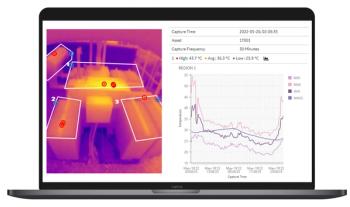
Autonomous Inspection is a software program using artificial intelligence (AI) and machine learning (ML) to automate manual processes, manual inspection, and asset monitoring.
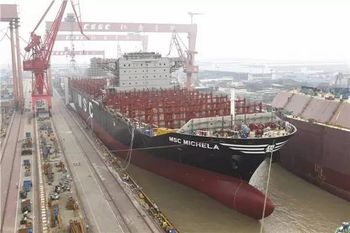
The long-term time charter party (TCP) agreements with China Merchants Group, Shandong Marine Group, and China LNG Shipping (CLNG) cover the operation of nine QC-Max LNG vessels.
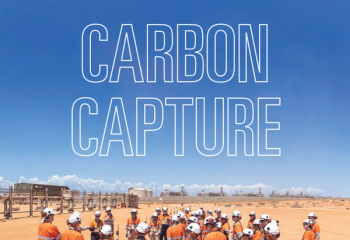
The May/June 2024 issue features coverage of the growing carbon-capture industry, a tour of GE Vernova’s Facility in South Carolina, a Q&A on digital ecosystems with Emerson, and more.

According to a non-binding letter of intent (LOI), Victory Clean Energy will buy up to 10 KARNO generators to deploy at H2 Energy Group’s hydrogen-production facilities.

The companies signed a multi-year contract to use Gecko’s robotics and AI-driven platform to enhance ADNOC Gas’ operations and maintenance services and reduce emissions across its sites.
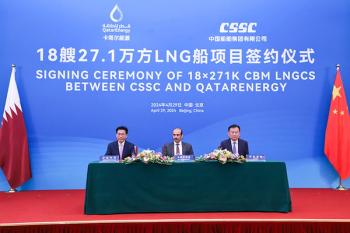
As part of QatarEnergy’s fleet expansion program, China State Shipbuilding Corp. (CSSC) will build 18 QC-max size LNG vessels with a capacity of 271,000 cubic meters each.
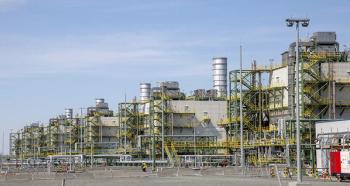
Tenigzchevroil commenced operations at the Wellhead Pressure Management Project (WPMP), converting a metering station to low pressure and activating the pressure boost facility.
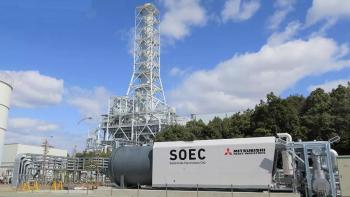
Mitsubishi Heavy Industries (MHI) began operation of a 400 kW-class solid oxide electrolysis cell (SOEC) test module at its Takasago Hydrogen Park in Japan.

The M701 J-series air-cooled (JAC) gas turbine is installed on the third unit at one of Gulf PD Co.’s natural gas-fired power plants in Rayong, Thailand.

EIG’s MidOcean Energy finalized a previously announced agreement to acquire a 20% stake in SK earthon’s Peru LNG, which owns and operates an LNG export facility.

The five-year contract covers EthosEnergy’s third-party operations and maintenance (O&M) services on six power plants in the northern region of Mexico.

Aramco’s order for Phase 3 of Saudi Arabia’s Master Gas System project will support the new pipeline aimed at increasing gas distribution across the Kingdom and reducing carbon emissions.
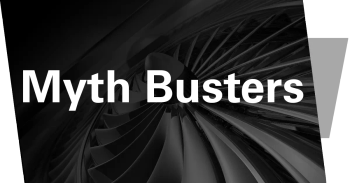
CFD is a great tool, but it takes experienced engineers to get accurate results.

A five-year contract extension covers the maintenance, repair, and overhaul (MRO) of Equinor’s GE LM-series industrial gas turbines until 2028 and technical support for expansion in Brazil.
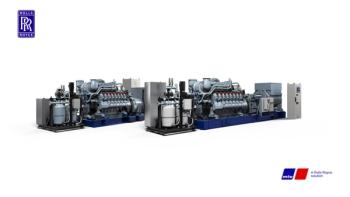
Eight mtu containerized gas gensets and four mtu L64 FNER gas engines have been supplied for a gas-fired power plant connected to an oil and gas production site in Oman.
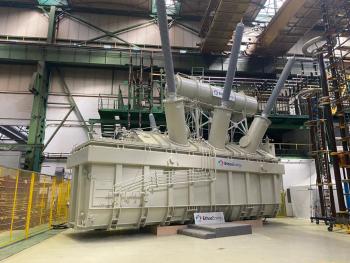
Enea Elektrownia Polaniec (EEP) will install the 290 MVA block transformer, with a voltage of 400 kV, on its power plant’s Unit 9 which uses biomass fuel.
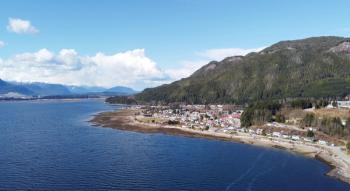
Black & Veatch’s order of critical liquefaction equipment for its Cedar LNG project includes natural gas liquefaction cold boxes and brazed aluminum heat exchangers.

The company signed an engineering, procurement, and construction (EPC) contract to build a plant near the Barcarena LNG terminal subject to a 15-year power capacity agreement.
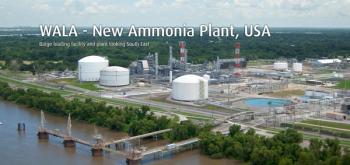
A joint development agreement will explore the buildout of greenfield low-carbon ammonia production capacity at CF Industries’ Blue Point Complex in Louisiana.

Three MAN 6L21/31 dual-fuel methanol (DF-M) engines will be supplied for the construction of a 7,990 dwt IMO Type II chemical bunker tanker.